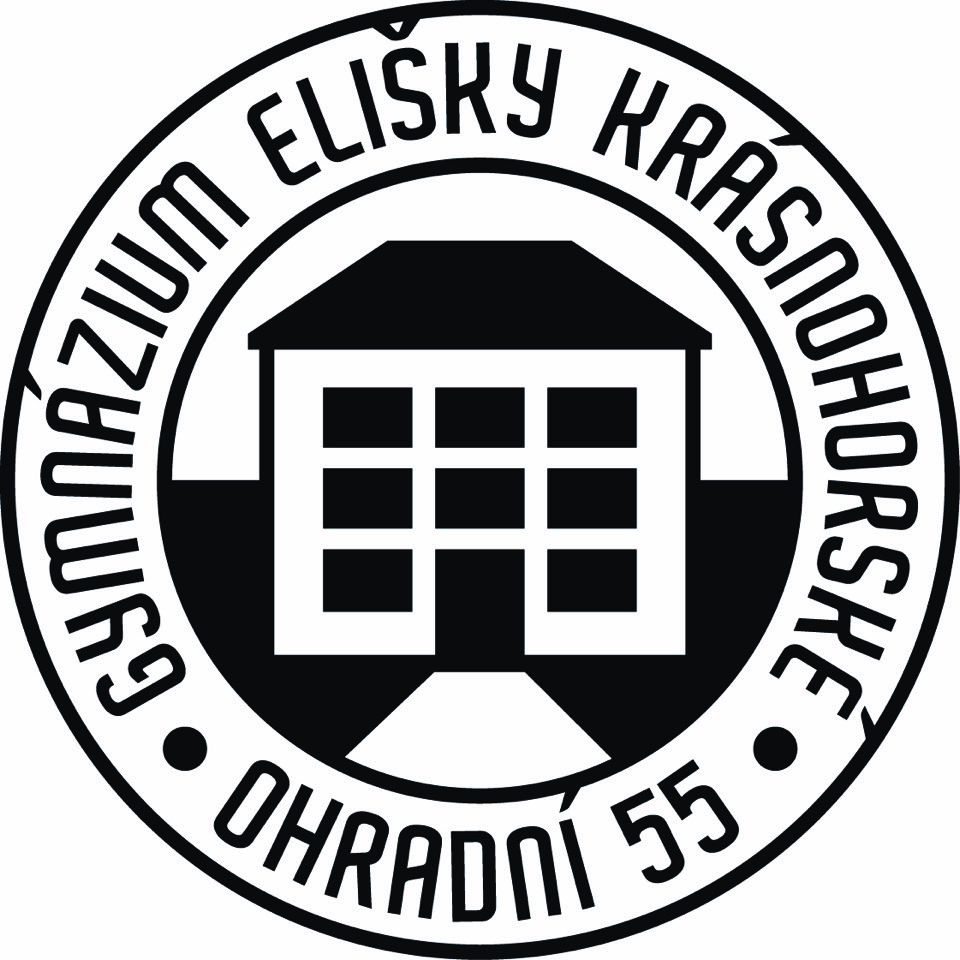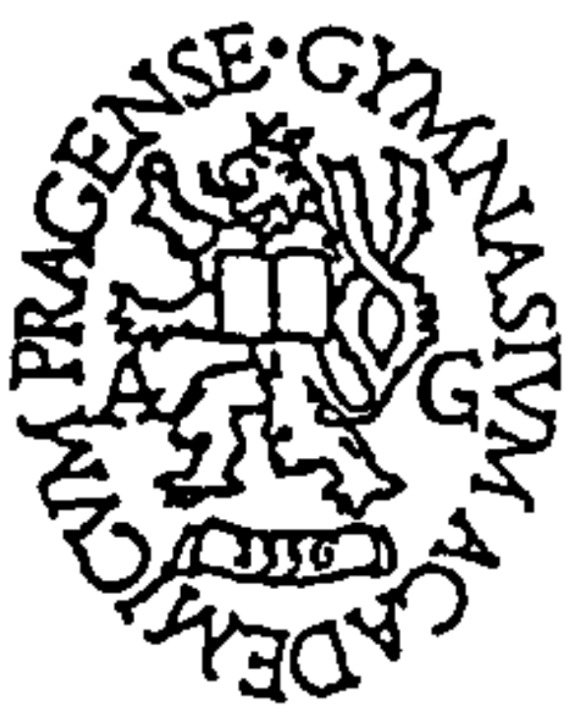Staro Sajmište: Forgotten Place of Memory?
Staro Sajmište: Forgotten Place of Memory?
21.2.2018 Karin Hofmeisterová

I came by Staro Sajmište several times when visiting Belgrade. Even though I knew this was the largest concentration camp run by Nazis in occupied Serbia during World War II, I never realized that unkempt settlement on the Sava River bank, just next Belgrade’s busiest bridge, was the remnants of the former camp. Most Belgrade locals aren’t even aware of its existence in the very center of the Serbian capital, let alone the tragic history of this place.
Established as a fairground in 1937, Staro Sajmište was a sign of Serbia’s modernization. After the Axis invasion of Yugoslavia, it was transformed into the concentration camp Judenlager Semlin. Between December 1941 and March 1942, seven thousand Jews from Staro Sajmište – more than half of Serbian Jewry – were systematically annihilated in a special gas van. It was the first time the Nazis used gas to “solve the Jewish question.” It wasn’t long before Serbia was proclaimed the second “judenrein” country in Europe. Among other victims of Judenlager Semlin were around five hundred Roma, mostly women and children. After that, Sajmište served as a concentration camp (Anhaltelager Semlin) for mainly political prisoners (most of them Serbs). Almost one-third of thirty-two thousand prisoners died from hunger, illness or torture; others were sent to forced labor camps in Germany or Norway.
Inside former barracks
Considering its importance as a symbol of unprecedent suffering, not only in the history of Belgrade (Serbia and Yugoslavia) but also in the history of the Holocaust as such, one would expect that Staro Sajmište would have been transformed into a commemorative site. Despite various civic initiatives for the memorialization of Sajmište in the past, the place has remained very much neglected, occupying a rather marginal place in the public memory of postwar Yugoslavia. Immediately after the war, the former barracks for prisoners served as quarters for workers who were constructing New Belgrade. In the 1950s, it became an area used by Serbian alternative artist as ateliers, and the barracks were inhabited by socially disadvantaged families. Only in the 1980s was the modest plaque indicating the history of the Sajmište concentration camp uncovered in front of the central tower, once used by Nazis as the headquarters of the camp. In 1995, a sculptor Miodrag Popović created a monument on the Sava River bank, distanced several meters from the camp itself, in the context of the confusion of World War II narratives between socialist Yugoslavia and an emerging Serbian nationalism.
Since then, there has been a heated discussion about the future of Staro Sajmište and its function in public memory, as well as in the urban space of Belgrade. Nothing has been done so far. The site continues to be surrounded by street shops, auto services and a tennis court. The walls of the central tower are marked by graffiti, windows are broken, and the doors are missing so you can come in to see the apocalyptic picture of decay and negligence. The interior is full of trash and stuff left behind by artists. One small part of the tower is still inhabited, and the remaining barracks have been left covered with flowers and tv antennas. Just in front of them is a playground for children from the socialist period. It creates a paradox and contradictory feeling of life ranked on destruction.
The situation may, nevertheless, change soon since the draft of the new law on setting up an institution responsible for the Sajmište memorial complex (Ustanova Spomen-Žrtve) was presented to the public in February 2017, with minor changes again in September 2017. The draft, however, sparked harsh criticism from the Serbian Jewish Community Association, scholars and various human rights NGOs whoargued that the concept of the memorial site will serve the Serbian nationalist narrative, which is enormously ethnocentric and focused on Serbian victimhood. According to them, the new institution could misinterpret the tragic history of Sajmište, neglecting its very specific place in the history and memory of the Holocaust in Serbia.
After decades of neglecting the site, and never-ending and pointless discussions about the future of Staro Sajmište, this draft of the law seems to be the closest ever to solving the issue; the memorial complex will be most probably created. To whom and to what purposes it will serve is, however, still blurry. I hope that despite the various controversies, the new institution will succeed in embracing the history of Staro Sajmište in its complexity, and that the site and its victims will finally get the important place in public memory they deserve.
Initially published on BOHEMs Web
Reference: Hofmeisterová, Karin. Staro Sajmište: Forgotten Place of Memory. PRIMUS BOHEMS Web, 19.2.2018. Link: http://www.bohems.fsv.cuni.cz/post/77.


































